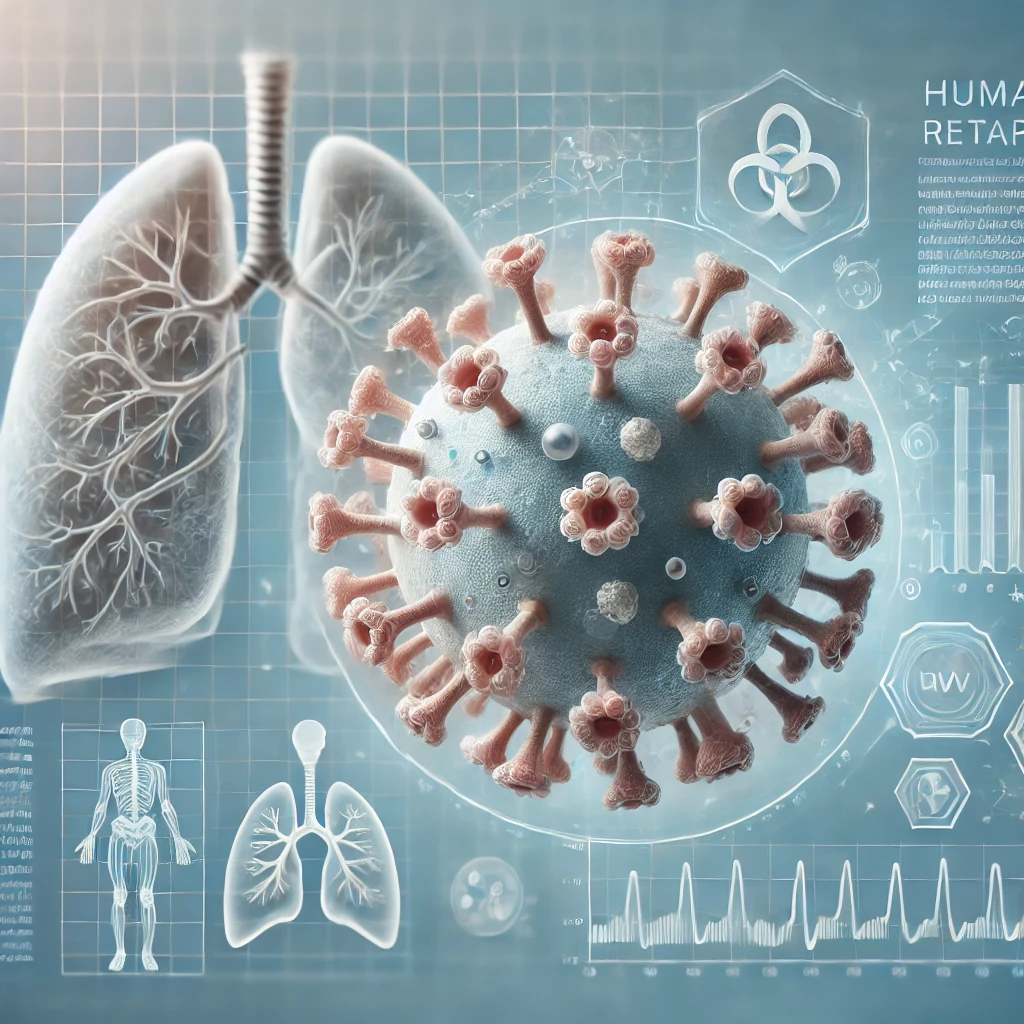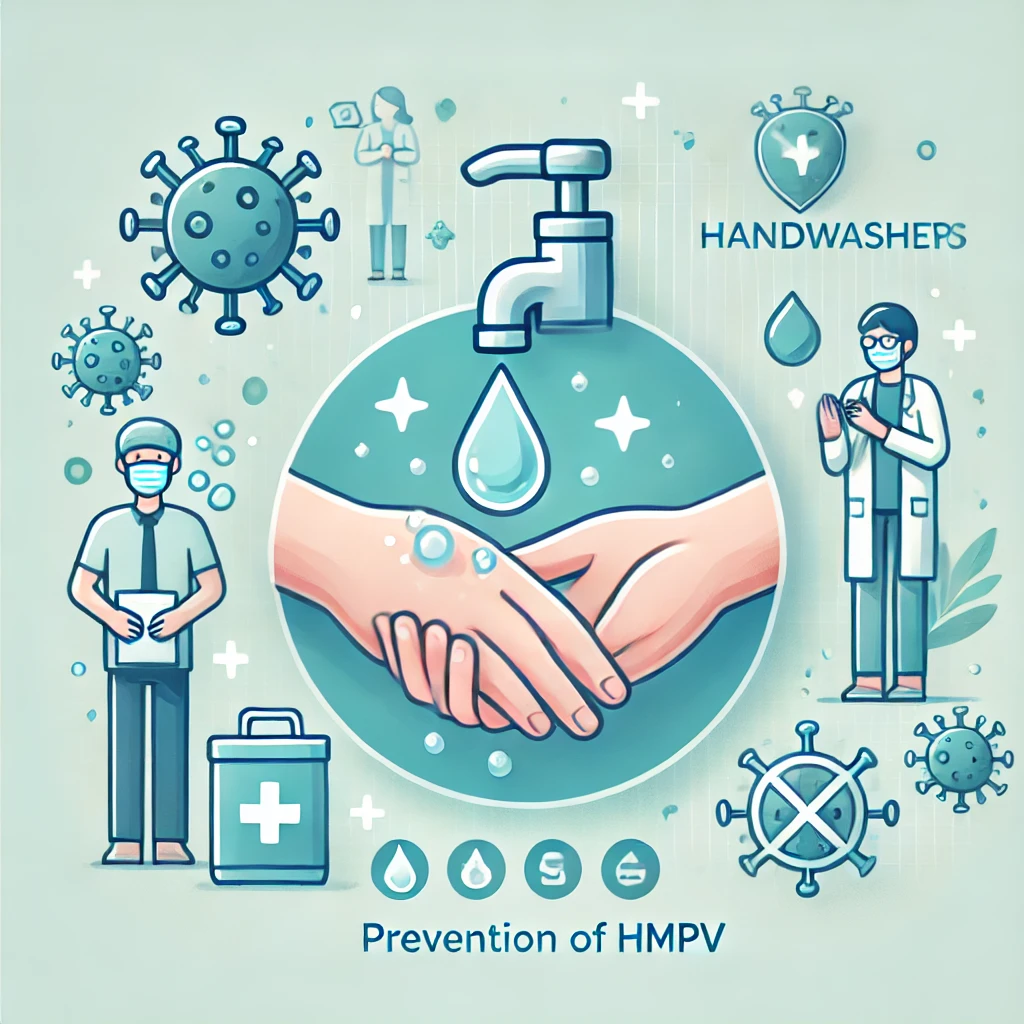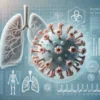
Understanding HMPV: A Simple Guide to Human Metapneumovirus and Its Effects
HMPV stands for Human Metapneumovirus, a respiratory virus first identified in 2001. It is a member of the Paramyxoviridae family and is closely related to respiratory syncytial virus (RSV). HMPV is a common cause of respiratory infections, particularly in young children, the elderly, and individuals with weakened immune systems.

Key Facts about HMPV:
- Symptoms
- Mild infections: Cough, nasal congestion, sore throat, and fever.
- Severe infections: Wheezing, difficulty breathing, and bronchitis or pneumonia.
- Transmission
- Spread via respiratory droplets from coughing, sneezing, or close contact with an infected person.
- Can also spread through contact with contaminated surfaces.
- At-Risk Groups
- Infants and young children.
- Older adults (especially those over 65).
- People with compromised immune systems or chronic respiratory conditions.
- Diagnosis
- Diagnosed through laboratory tests like PCR (Polymerase Chain Reaction) or viral culture, often using a sample from nasal or throat secretions.
- Treatment
- No specific antiviral treatment.
- Management focuses on supportive care, such as hydration, oxygen therapy for severe cases, and fever management.
- Prevention
- Good hand hygiene.
- Avoiding close contact with sick individuals.
- Disinfecting frequently touched surfaces.
HMPV infections typically peak in late winter and early spring, mirroring the seasonality of other respiratory viruses like RSV and influenza. While most cases resolve without complications, severe outcomes can occur, particularly in vulnerable populations.









Add comment